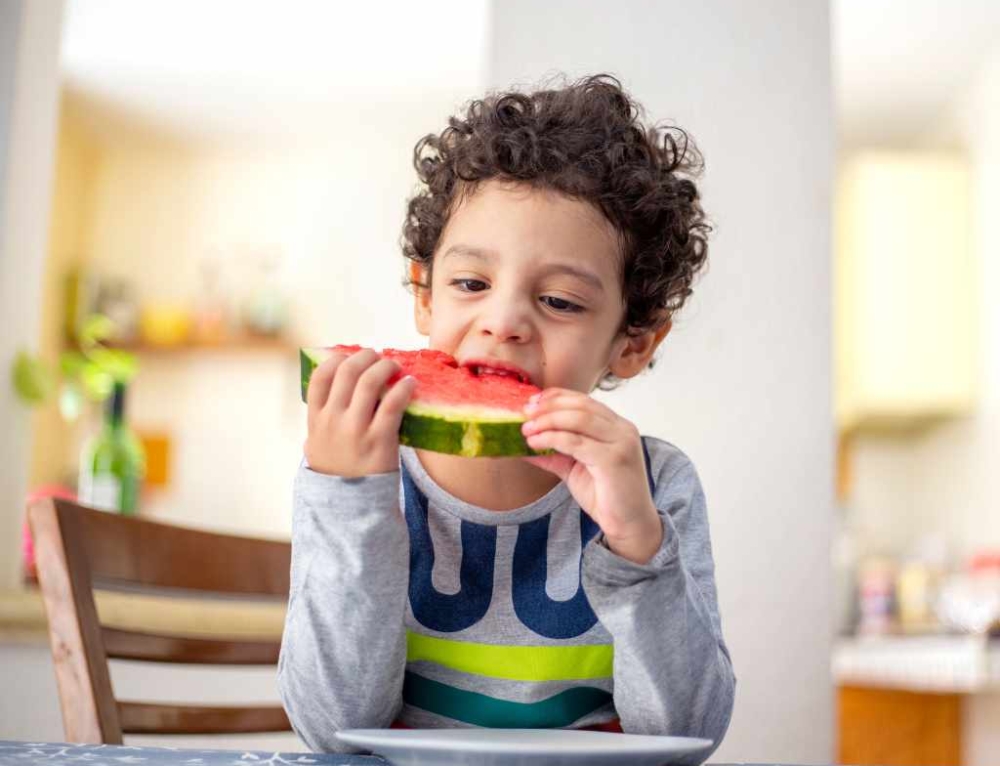Understanding how your child learns can make their education a better experience for all. When parents know their child’s best way to learn, they can help their child learn more effectively.
A child who has a kinaesthetic learning style cannot just sit still and wait for information to be given. They surpass in finding out things for themselves without any needs for guidance.
Kinaesthetic learners always seem to be moving around because they see their surroundings differently. For them, the world is just a huge playground full of wonderful things they want to discover and explore.
Your child is probably a kinesthetic learner if he or she is fond of tinkering with toys, trying to find out how they work. They are also quick learners, especially when left alone to examine a particular object. These children can quickly put one and one together and have a great capacity to understand complex processes and procedures. A student who exhibits this particular learning behaviour is always at the forefront of experimentation and exploration.
They excel in discovering how machines operate and how a process works. Students of this particular behaviour are more of doers than thinkers. If your child shows an extreme fondness of taking things apart to discover how they function, you should consider home schooling. They should be given the opportunity to excel in their studies using their natural skills.
Kinaesthetic or tactile learners
These learners like to be actively involved in the learning process, and learn best through hands-on activities and movement. Other kinaesthetic characteristics are they:
- want to actually do whatever is being talked about or learned
- like to move around while listening or talking
- often “talk” with their hands
- like to touch things in order to learn about them
- remember events by recalling who did what rather than who said what
Worth noting: These types of learners can be misdiagnosed as troublemakers because the more traditional visual or auditory learning styles just don’t work for them.
Is there a fourth learning style?
While visual, auditory and kinaesthetic are the three major styles discussed, some experts talk about logical or analytical learners. These learn through exploring patterns and understanding how things relate to each other. These learners also:
- love knowing how things work
- are capable of quite logical thinking at a very young age
- ask a lot of questions so they can understand how things interrelate
- show an early aptitude at solving mathematical problems
- can grasp strategy games at a young age
This story was written by Fiona Baker for Kidspot, New Zealand’s leading education resource from sources including Kids Life.






Leave A Comment
You must be logged in to post a comment.